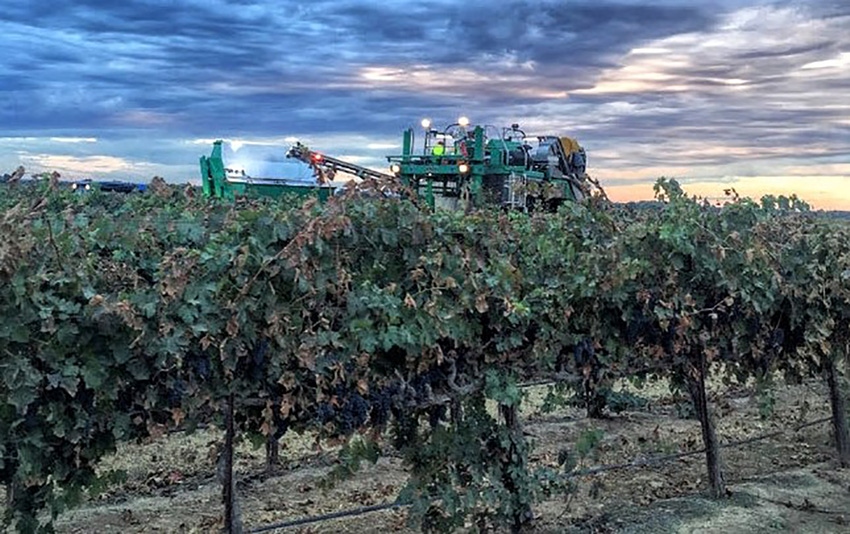
If you grow grapes for a living in California, you don’t need to be reminded of the long list of “must do’s,” “can’t do’s,” or “shouldn’t do’s.” Heavy is the head that wears the crown.
One of those crowned heads in the industry is John Aguirre, President of the California Association of Wine Growers, the voice of California winegrape growers since 1974.
Aguirre oversees the only statewide organization focused specially on advocating for state winegrape growers, a sizeable job for the No. 1 wine producing state in the nation with nearly 6,000 growers producing over 110 varieties on some 600,000 acres.
According to the CAWG webpage: “The wine/winegrape sector employs 325,000 and generates nearly $58 billion in annual economic activity.”
That’s in optimistic times before reality sets in and sometimes reality bites. “Wine consumption is leveling off and we’re struggling as an industry on how to fuel higher demand for product, especially in a competitive beverage alcohol market where consumers are drinking more hard seltzers and distilled spirits,” he says.
“If we can’t increase wine consumption, then supply adjustments will have to be made and that’s already occurring in the Central Valley where growers are shifting from grapes to nut crops,” he adds. “It’s difficult at the moment for those growers who have fallen out of contract to get a new contract, a production pact with a winery, at a profitable price.
“Focus right now is on how do we grow wine demand and until we see a real pick up there, adjustments will need to be made on the supply side.”
Increasing reports of some growers laying fallow are of growing concern, Aguirre says.
A painful time
“Folks without contracts or with overage above and beyond contracted amounts, may not have harvested in 2019, pushing vineyards over or planting different crops,” he says. “It’s a painful time for many growers, especially those without production contracts.”
Aguirre says the organization must continue to focus on public policy, trying to provide relief to growers in the areas of trade relations, labor availability, and ensuring that growers aren’t burdened by additional regulations.
“That’s what we do to try and help our growers succeed,” he says.
Toward the end of last year, CAWG requested state support for wine and viticulture research.
Under the lengthy umbrella of “Cultivating the Next Generation of Wine Industry Leaders and Emerging Markets in California,” Tony Stephen (Scheid Family Wines, Monterey County), Chair of the National Grape Research Alliance and the Board of Directors for American Vineyard Foundation testified, “If we want to secure the future of California winegrowing and the communities that depend upon our industry, we must step up research investment to ensure long-term sustainability and competitiveness of our winegrape growers and wineries.”
CAWG’s Director of Government Relations, Michael Miller, went even further, “With threats from climate change, increased wildfires, a declining workforce, global trade tensions, and new invasive pests, the need for increased research through a public-private endowment would augment the millions of dollars already invested by the industry.”
Aguirre summed it up this way.
“What these growers do is a miracle, just putting themselves out there and taking the risks they do,” he said. “Markets go up and down, but current conditions are somewhat unique and I’ve had growers tell me they haven’t seen a market bottom like this in a very, very long time.
“2020 will see us continue our push to try and get to the state of California to support more wine and viticulture research so growers can be more competitive and policy makers are responding positively, agreeing to the value of the industry that needs to be supported and nurtured with more research.”
For more news on pests, disease management and other issues affecting vineyards, subscribe to the bi-monthly newsletter The Grape Line.
About the Author(s)
You May Also Like




